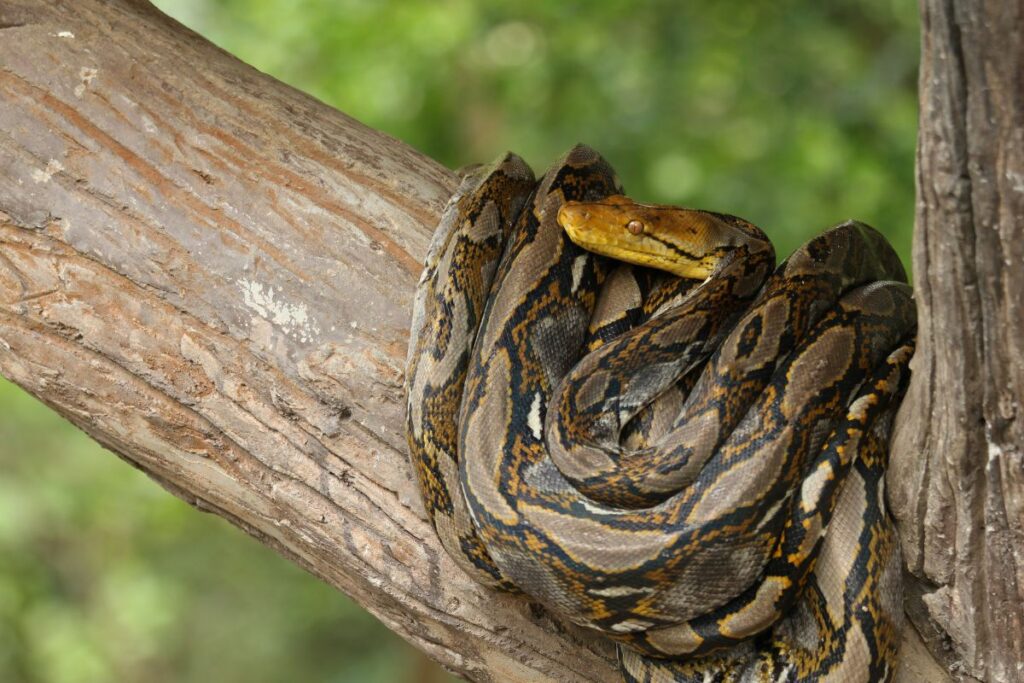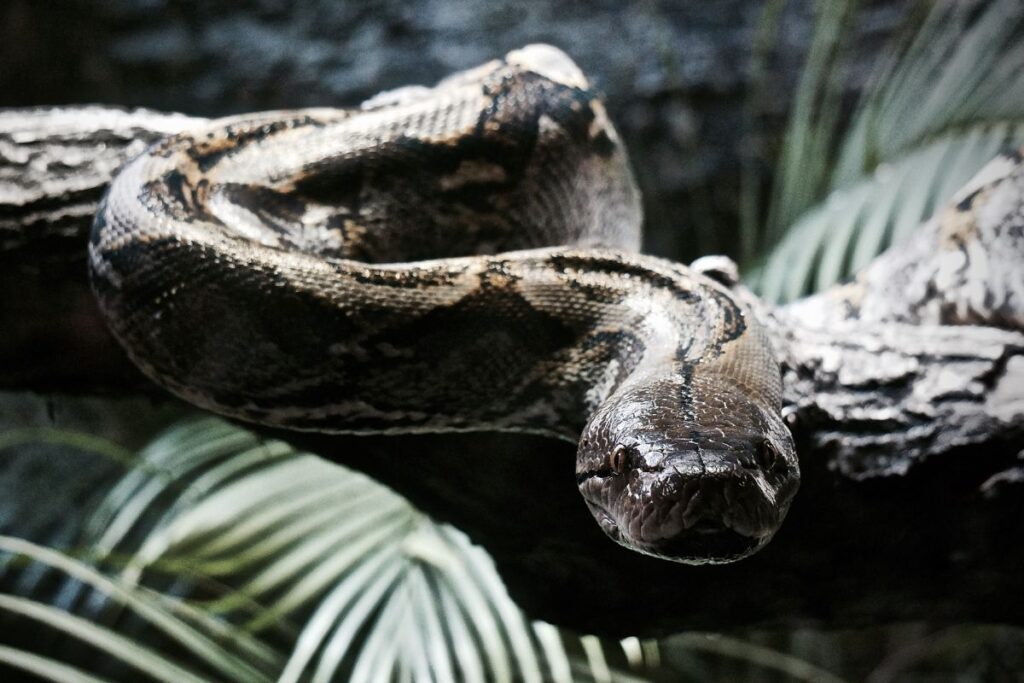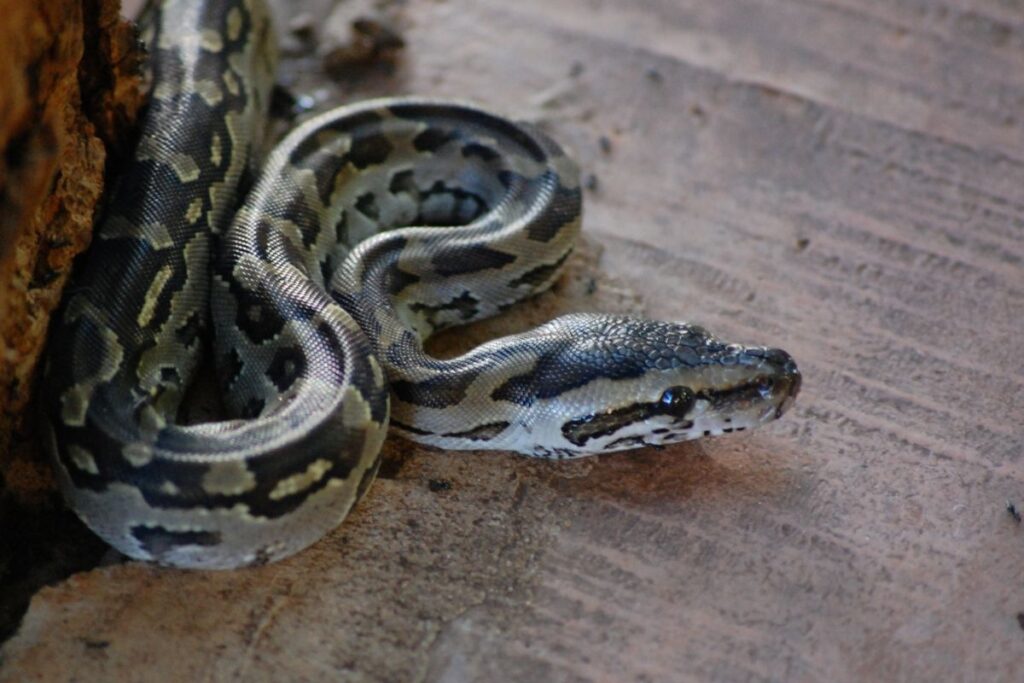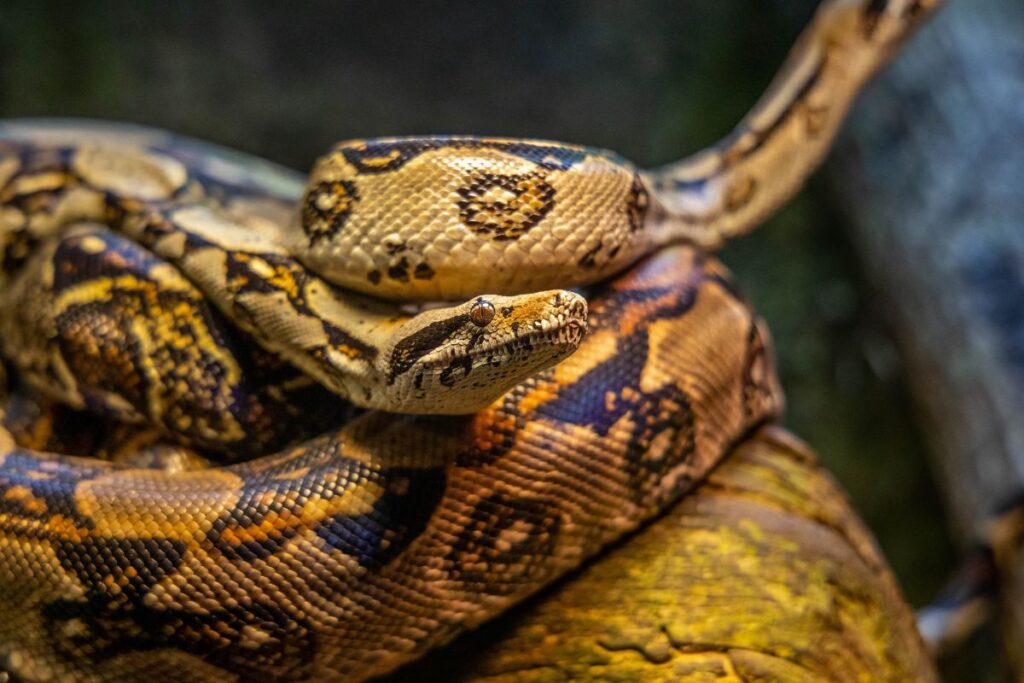
Burmese pythons have become a major ecological threat in Florida’s Everglades. These invasive snakes, native to Southeast Asia, now number in the hundreds of thousands, and their range is gradually expanding. This raises concerns about whether they could spread beyond southern Florida and affect other southeastern states. Here’s a detailed look at how they arrived, their current status, and their future potential spread.
Introduction to Florida’s Invasion Problem

Burmese pythons were first discovered in the Everglades in 1979. Since then, their population has exploded, turning the Everglades into a breeding ground for one of the world’s worst invasive species. Despite efforts to control them, the snakes continue to expand their range.
Current Python Habitat in Florida

These massive constrictors, some reaching 20 feet and 200 pounds, now inhabit an area beyond their original range in Everglades National Park. They are established from Key Largo to just south of Lake Okeechobee and west into Collier County, even encroaching on urban areas.
Beyond the Established Range

There have been reports of pythons beyond the recognized range, including sightings north of Fort Myers and in Cape Coral. Whether these snakes are migrating from the Everglades or are abandoned exotic pets is still debated.
Origins of the Problem

The exotic pet trade in the 1980s brought thousands of baby Burmese pythons to the U.S. Many overwhelmed owners released them into the wild, especially in Florida. These released snakes began breeding and spreading, creating today’s massive population.
Hurricane Andrew’s Role

In 1992, Hurricane Andrew released hundreds of pythons into the Everglades when it destroyed a breeding facility. This event significantly accelerated the spread of the species. Florida’s frequent storms have likely contributed to other releases.
Unique Conditions of the Everglades

The Everglades’ warm, wet environment provides ideal conditions for pythons. With no natural predators and abundant prey, they thrive. The snakes are highly adaptable, consuming everything from small mammals to alligators and deer.
Could They Spread North?

The primary barrier preventing pythons from moving north is Florida’s winter climate. Unlike the Everglades, northern Florida and southern Georgia experience cold snaps that these tropical snakes struggle to survive. However, climate change could weaken this barrier.
Potential Spread into Georgia

In 2012, a python was found in Georgia’s Okefenokee National Wildlife Refuge. Authorities concluded it was an escaped pet. No breeding populations exist outside Florida yet, but concerns remain due to the similarity of Georgia’s swamps to the Everglades.
Challenges of Containment

Containment efforts focus on preventing the spread beyond Florida. Python removal programs are in place, but controlling their population is difficult due to their elusive nature and rapid reproduction rates.
Urban Expansion Concerns

As the python population grows, snakes are increasingly appearing in urban areas. While attacks on humans are rare, they pose a significant threat to pets and local wildlife. Urban sightings are expected to increase over the next decade.
How to Identify and Report Pythons

Residents are encouraged to report sightings of Burmese pythons. These snakes have dark blotches on a tan body and are among the largest in the U.S. Florida’s “I’ve Got One” system makes it easy to alert authorities.
Conservation Impact

Burmese pythons have devastated native wildlife populations in the Everglades. Their presence has led to the decline of many small mammal species, disrupting the delicate ecosystem. Continued efforts to manage their population are crucial for conservation.
The Future of Python Control

Though contained to Florida for now, the potential for Burmese pythons to spread northward remains a serious concern. Effective control measures, public awareness, and climate monitoring will be essential in preventing further expansion.
Stay connected with us for more stories like this! Follow us to get the latest updates or hit the Follow button at the top of this article, and let us know what you think by leaving your feedback below. We’d love to hear from you!







